Lock Blog
A resource for consumers, locksmiths, and security professionals
A resource for consumers, locksmiths, and security professionals
I have always been somewhat fascinated by retail security and all that it entails. This is not a knock on any of the other aspects of security and security plans that we have covered in the past, but retail security is like an intricate little puzzle that takes patience to understand, patience to solve and patience to build. There are many factors that have to be considered when you set out to build the best security, but there are a lot more factors to contend with when it comes to retail security. None of these factors can be overlooked, or else you risk having vulnerabilities crop up in your retail security plan.
Retail security can be fickle at times, and it requires the utmost attention to detail and proper shop security management to build it in a way that makes it effective. In today’s article, we are going to embark on a journey that will explore the necessary measures that you need to follow if you want to build the best retail security for your shop. In doing so, I will discuss some things which you are familiar with, as well as discussing some things with which you are not. As I just mentioned, retail security requires attention to detail and patience, so if you think you have what it takes, allow me to show you how to build the best retail security for your shop.
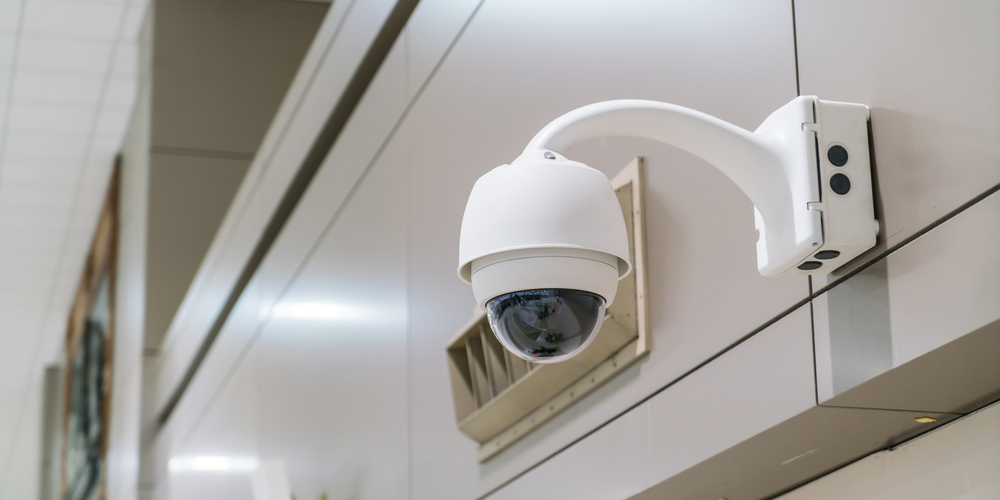
In order to know how to properly build anything, you have to have an adequate knowledge of the elements that bring it to life. Earlier I stated that retail security has many different factors that come into play, and many of them will be introduced in this section and further explored in the sections that follow. Retail security is put in place to deter theft, vandalism, and other means that people might use to take advantage of your shop security and harm your business. Unlike other forms of security, retail security is potentially vulnerable on multiple ends of the spectrum. This is one of the main reasons why it is necessary to properly assess all the ways in which your retail security can be compromised before you build it.
To answer this question, and the question about what retail security entails, you have to take a close look at the way your shop is run. Keep in mind that these security measures and methods for building your retail security will differ from shop owner to shop owner, since every business is different in some way. The retail security spectrum should take into account all your employees, customers, vendors, suppliers, etc. It should also cover all the processes that are involved in interacting with all the aforementioned parts. Many shop owners make the mistake of thinking that retail security is limited to the shop, and the shop alone. However, your retail security can sometimes be compromised externally or away from the shop or retail establishment. I will explain this further as we continue to delve into retail security.
Security assessment is a task that many homeowners undertake, and it is a task that retailers can learn from. In assessing the vulnerabilities that might be present in retail security, you have to take the time to sift through all the possible access points that you could be potentially be attacked from. This is no easy task, as I said, but it can be accomplished. You simply have to take the time to get it done. I will do my best to explore all the possible vulnerabilities that might be inherent with your retail security. It is necessary to understand your vulnerabilities, so that when you begin building your retail security, you cover all your bases. The last thing you want is to jump head first into building your retail security, only to discover later down the line that you have some issues that you did not cover, which could come back to hurt your business. Here are the vulnerabilities you need to assess before you start building your retail security:
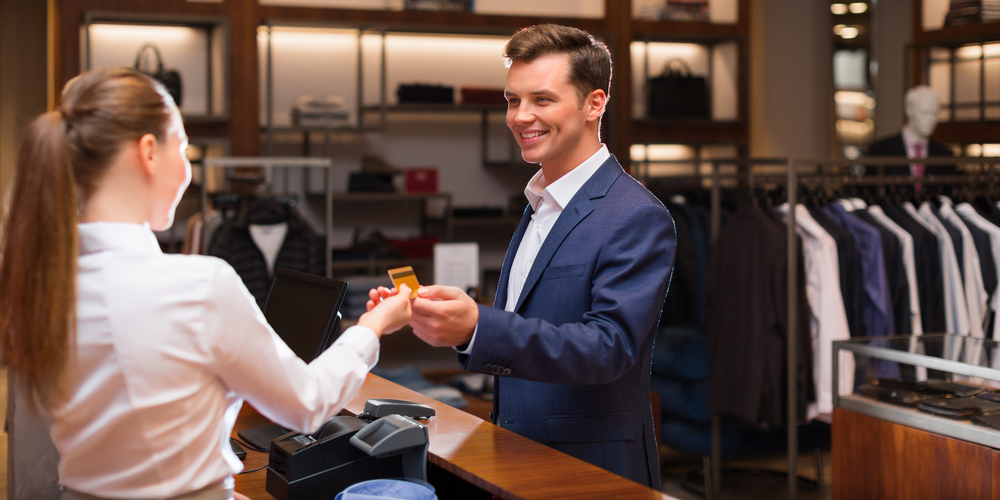
In many ways, customers are the greatest asset and also one of their greatest threats. Many customers know that when it comes down to it, retailers desire their business, so retailers are bound to place the needs of the customer far above their own. At times, this becomes a detriment to business. As far as business models go, it is not a really smart one to follow, but I can see the reason why so many retailers place the customer first. There would be no retailers without the customer.
Customers present unique security vulnerabilities because there is always the possibility that they can harm your business through theft, vandalism and other related actions. On the other hand, however, there is also the possibility that they will do nothing at all. In choosing the right security measures to account for the actions of customers, you have to make sure that you are not alienating them or altering their shopping experience.
However, you also have to ensure that you are not pleasing them at the expense of your business. Anyone that works in loss prevention will tell you that customers have always been a security hazard to retailers, but these days those numbers are gradually dwindling down. This is mostly due to changes in retail security technology that was being targeted and exploited. Essentially, you always want to make sure that a customer is not stealing from you, damaging your property and your security measures, or doing anything to affect the value of some of your other goods and products.
If anyone has ever worked in retail at some point in their lives (which many of us have), you will know that during most employee training sessions, there is always a discussion that centers around employee theft. It is a difficult topic to cover because no business wants to make its employees feel like they cannot be trusted, but at the same time you do not want your employees to have the leeway to take advantage of your retail security. In many ways, employees are better positioned than customers to cause a great deal of damage to your retail security if they so desired.
For instance, most employees have unfettered access to merchandise throughout the various processes it has to go through before it is put out for display. Many of them (mostly cahiers) also have access to cash tills and POS systems, as well as the safes and vaults that house money before it is delivered to the bank or picked up by a security courier. Aside from having direct access to products and goods, employees are often hard to plan for security-wise because many of them are privy to the security measures that are being used. This is one of the reasons why many major retailers have separate loss prevention departments to cater to these needs and services.
There is also the issue of under-ringing, which is a practice that many cashiers have engaged in over the years. For those of you who are unfamiliar with the term, under-ringing refers to the action that occurs when a cashier rings up a product/service at a price lower than the list price while charging the customer the list price. In most cases, this is done so that the cashier can hold on to the rest of the money for themselves. An action like this harms your business and places your retail security at risk, by threatening the trust that your customers have in you while also depleting your revenue. The flipside of under-ringing is when employees ring up products for less than the list price as a favor to specific customers. This does no damage to the customer, but it is a loss that hits your business over time.
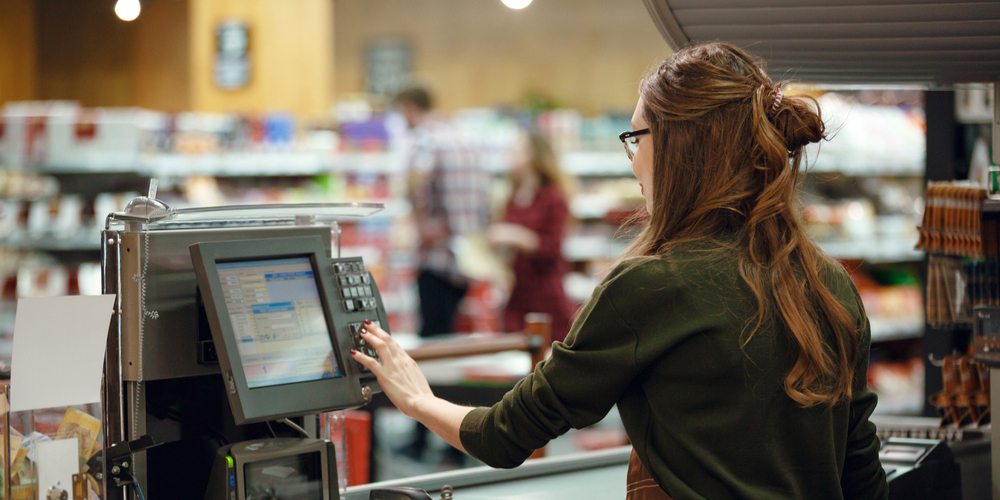
Retail security used to be much easier than it is today. This is not to say that it was not difficult back in the day, but it is becoming increasingly difficult now, which is somewhat ironic if you take the time to think about it. The technological advancements, which have been so beneficial to the growth of retail, and the way people can access and purchase products, has also presented some new challenges. It has given people a plethora of new ways, which they can use to exploit the system.
POS terminals have become a major liability for many retailers, and they have also become a popular target for the modern day criminal. A good deal of these criminals hijack POS terminals and use these to steal customers financial information and card data. In the past, POS systems were hijacked for the cash that might have been stored in the accompanying cash drawer. This is a more direct tactic that many have been using, but some prefer to take a more subtle and less direct approach, which usually involves messing with a retailer’s cybersecurity protocols. In the days of old, robust physical security made up a majority of retail security, but in this age it is important to have retail security measures that are a hybrid and amalgamation of both.
Suppliers and vendors do not pose a high security risk as compared to some of their other counterparts, but it is still a factor that has to be taken into consideration whenever you begin talking about retail security. Suppliers and vendors are usually responsible for selling goods to retailers which they then place in their stores for customers to purchase. If anything, the retailer serves as middleman between the customer and the vendor, but that is a rather narrow way of looking at things. The vulnerability that is present here is in the transference of goods from the vendor to the retailer.
There is always a possibility that the product you pay for and acquire might not be fully delivered upon. This usually happens when vendors or supplies choose to hold back some of the goods which they have sold, which is very similar to under-ringing but on a much larger scale. This is a retailer security flaw that is not often explored, and is usually chalked up to mistakes in inventory management. It is important to make sure that you are not losing money and goods at any point during the time that you conduct your business.
Inventory management was alluded to above, but not explained in any impactful way. It seems somewhat self-explanatory, but there is a lot that goes into it. In order to properly manage inventory, retailers have to be able to keep stock of things and accurately track data as products move in and out of the store. Without a proper inventory management system in place, it becomes much easier for customers and employees to take advantage of your business and leave you vulnerable.
It is important to keep stock of what you have in the store and this extends to products as well as money. Due to the fact that there are so many moving parts in retail, it gets hard to keep solid track of everything in an effective manner, and this is where criminals and burglars know they can get you. Do not give them the opportunity to take advantage of you in any way possible.
Cash handling can easily be lumped in with inventory management, but there are a few more factors that have to be considered when you take cash handling into account. As I mentioned earlier, retail security is not always confined to the limits of a physical shop, and nothing bolsters this more than cash handling. In order to understand the vulnerabilities that cash handling possesses, you have to take a look at the various stages that it goes through during a business day.
Once you take a look at all these processes, it is easy to see that there are so many different parties that have access, in some way or form to cash during the day. Each of these elements should be taken into account and viewed through a perspective of security. The reason being that there is a possibility that you can be attacked from any one of the elements that are involved in handling your cash process. Think about it for a second, if there are so many entry points into your process, doesn’t that increase your level of risk?
These days, many retailers take advantage of wireless networks to conduct business, and there is no surprise as to why they do this. Wireless communication has helped retailers accomplish complex tasks in more efficient ways. However, there are some negatives that come along with the benefits of wireless networks. The main disadvantage is that criminals now have a different means of access that they can exploit, and cyber criminals have been hitting retailers hard. It is important to realize that your wireless network has some vulnerabilities that cannot be overlooked. The act of doing so is extremely detrimental to your retail security.
I would like to start out by saying that building the best security is all about placing the right security layers on top of one another. This means that you start from one point and you work to make it better as you go along. Essentially, this means that if you forget to secure something, there will be another measure in place to keep it safe and secure. This ensures that your retail security always has a fighting chance no matter what might be thrown its way.
Taking the time to start with the layout of your building will help set the groundwork for many of the other measures that will follow. It allows you to determine which security solutions can be utilized to increase your retail security. This is a crucial aspect that should not be overlooked because doing so can jeopardize some of the other security measures you employ.
Retailers and business owners should pay close attention to the access points of their retail shop as well as where all elements of value are stored. This should cover cash, products, etc. Taking all these elements into account allows you to implement security measures that cater to high valued items as well as important processes like cash handling etc.
Ideally, you want to structure your retail security in a way that works for the type of business you have, and also in a way that does not present any additional vulnerabilities. This requires a good amount of planning and forethought, as well as the likely possibility of contacting a commercial locksmith, or security professional, who is better equipped to help you implement some of your retail security solutions.
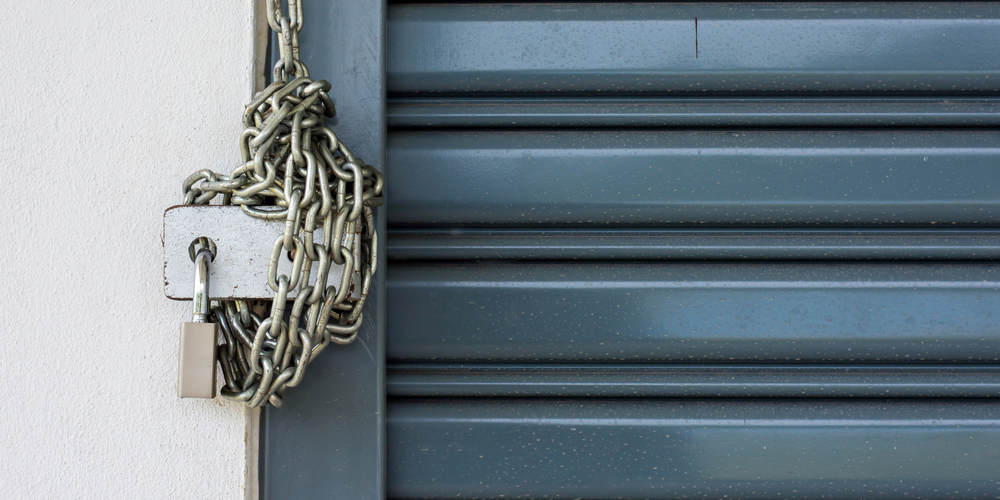
The main access points that most retailers take into consideration are the central entrance and exits. This is a good start, but in order to give your retail shop the best security available, you have to do much better than good. In fortifying your access points, you have to pay attention to several key elements. It always helps to start with the doors, their respective door locks, and then to build around these as you go along. In choosing a door and its accompanying door lock, you need to consider longevity and security.
Longevity will account for the way it is going to be used, and how long it will last while it’s being used, whereas security will account for how well it is going to hold up against attacks. The starting point for access point fortification should be investing in high-grade commercial door locks that cater to both longevity and security. The mistake that most shop owners make is thinking that a strong lock and a strong door are enough to keep criminals at bay, but these are only the starting points for fortification. If you already have locks installed on your commercial doors that do not meet your retail security requirements, you should change your locks as soon as possible. Mortise locks are very popular in commercial settings because of their strength and reliability. Installing mortise locks similar to the Medeco mortise cylinder is always a good option for retailers.
Access points include doors and windows, so it is important that each of these areas is covered. Retailers can make use of door and window security grilles on their retail property to enhance the security that their locks provide. Pairing these security grilles with the best high-security padlocks are a great security choice. Another great tool that can be used is window security film, which will guard against any burglars that attempt to break through your windows.
The use of surveillance cameras as a retail security measure cannot be overstated. They allow you to monitor customers and employees, and they also help you spot dangers before they can fully manifest. Anyone who has ever worked in loss prevention can attest to the benefits that surveillance cameras bring to the table. However, understanding that using surveillance cameras can benefit you is only part of the solution. If surveillance cameras are used in the wrong way, they can end up harming your retail security rather than bolstering it.
Surveillance cameras should be installed on your main entrance and exit points, near your POS systems and cash drawers, as well as in rooms where your product is displayed and stored. The idea is to make sure that you cover all areas where anything could go wrong. It is also important to install surveillance cameras at an appropriate height so that no one is able to tamper with it. However, you should make sure that they are not installed too far away in a way that will affect the footage that is meant to be captured.
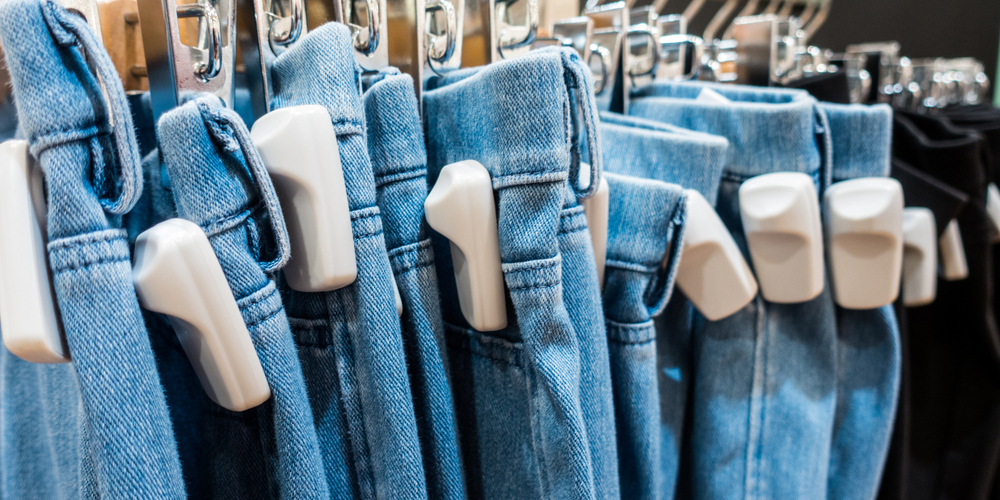
Alarms and sensors can be used in several different ways in commercial spaces. In building the best retail security, you should strive to use alarms and sensors in and around your shop to maximize your security measures. As I pointed out earlier, security is all about layering. Alarms and sensors should be installed at all access points. This will help spot any attempts that are made to gain unauthorized access. These measures can be integrated with surveillance in order to achieve the best possible results.
In addition to the more common door/window sensors and monitored alarm systems, retailers can use individual alarms that are tacked onto their products. A good example of these kinds of alarms are the RFID alarm tags. These RFID tags are usually used in conjunction with a sensor that triggers an alarm when RFID tags are left on products. This simple measure makes it much more difficult for people to grab any of your products and walk right out the door. It is also a good example of layering since it is in place to catch any wrongdoing that might not be picked up by surveillance cameras. Ideally, you should have sensors placed around all points of entry and points of egress. It also helps if you make your sensors hard to spot, as this will prevent the likelihood of someone tampering with them.
The use of proper lighting is integral to the interior security and exterior security of your shop. It also helps some of your other security measures function much better. For instance, proper lighting can increase the scope of what your surveillance camera is able to capture, which ultimately makes security much easier to deal with. Retailers should ensure that all potential access points, and points of egress, are well lit. Also, make sure that the area surrounding your products are given an adequate amount of lighting.
There are no universal lighting solutions that cover commercial retail properties, so make sure that you choose something that works best for you. Some commercial properties utilize motion sensor lights as a part of their exterior security or even interior security. These measures are a lot more effective when they are paired with devices that signal when someone has entered or left the establishment. This works especially well for smaller retailers who might be busy working with another customer or handling some other administrative duty. It helps serve as an audiovisual signal which comes in handy. Also, make sure that your lighting is not positioned in a way that renders your surveillance ineffective.
POS systems are used in almost every retail location, and they make it much easier for transactions to be processed and handled. However, due to the fact that they are a central feature of most retail locations, they are also a central target. POS systems are used to process transactions for good and services, and they are also used to hold a limited amount of cash for when the need arises. In this day and age, your POS systems have to be secured by physical security measures as well as cyber security measures. It is always best to make sure that your POS systems are physically bolted down so that their various parts cannot be carried away.
Additionally, always ensure that the POS systems you install have locks on their accompanying cash drawers. These locks do not normally provide a high level of security on their own, but they do reduce the chance of anyone reaching over and prying a cash drawer open. These systems should always be locked, and access should be given to only the designated employees.
Access control is a crucial part of your retail security, and it is one of the best solutions to ensuring that your customers and employees do not overstep their boundaries. Retailers have to take several factors into account before they choose an access control system that fits their needs. Some of these factors include the type of establishment you have, the number of employees you have and the type of restrictions you would like to enforce. For smaller businesses, it might be beneficial to simply monitor your key control and implement a security hierarchy.
However, for retailers that have lots of employees, you can make use of access control systems that give you a better grasp on things. Not only does this help you restrict access to certain parts of your business, but it helps you track any action that might be out of the ordinary. This essentially makes your security more efficient because a limited number of people will have access to certain things. For instance, anyone who is not a cashier should not have a code that allows them to log into a POS terminal and handle transactions unless it is a manager or supervisor.
Building the best retail security for your shop will not be complete if you do not have a way to properly track your inventory throughout the business day. Inventory management helps retailers keep their shop secure on two fronts. The use of an inventory management system helps you keep track of the product that you have out on the sales floor, as well as products that are kept in the stockroom. Furthermore, they also help retailers keep an accurate record of the transactions that they carry out with vendors and suppliers. This ensures that there are no gaps in the process of acquiring and selling goods, and this helps you keep your products more secure which bolster your overall retail security.
Outlining a proper cash handling process will help ensure that your revenue is not vulnerable at any given time. In a typical retail environment, there is always a set amount of cash that is used to start the day. Ideally, this amount should be spread throughout the various registers and POS terminals that are available. This process should be handled by a select group of people, and it should be as streamlined as possible. As the saying goes, too many cooks spoil the broth. In layman’s terms, if there are too many individuals involved in the cash handling process, there is a higher chance of risk.
These same individuals should also be responsible for collecting cash from POS terminals to tally it up and then eventually ready it for deposit or transfer. This process usually happens on two occasions. The first is when there is a rush of transactions and there is simply too much money in the cash drawer. The second instance is usually at the end of the business day, when all the registers are simply being emptied, and the day’s earnings are being tallied.
As I mentioned earlier, the face of retail security has changed a great deal, and it has become apparent that physical security is no longer the only solution. This is not to say that you should neglect to use door locks, monitored alarm systems and some of the other building blocks outlined here. It is merely pointing out the simple truth that physical security measures have to be used in conjunction with some cyber security measures. This is done to protect you on both fronts and also to give you a truly layered security.
One of the first steps of setting up robust cyber security measures in your shop involves making sure that your network is protected by a commercial firewall. Commercial firewalls make security policy management easy. Policy management helps determine the way different devices can interact with your network, and this comes in handy when you have a plethora of devices to account for in retail spaces.
Defending your network is only the first step in cyber security, from then on you have to instill some good habits that will help keep your network secure. Retailers should strive to use strong passwords on every point of their network and systematically change these over a period of time. In addition to this, retailers need to analyze every potential breach point on their network and set up effective security protocols to manage them.
One of the best ways to accomplish better cyber security is to utilize a separate network. Doing so makes it much harder for cybercriminals to gain access to everything at once. For instance, if you have a public network that you allow your customers to access, you should not use that same network to store company information or conduct company business. This is an example of compartmentalizing your network in order to make it harder to access.
As I stated earlier, retail security requires a lot of attention to detail because there are a lot of vulnerabilities to cover. You should always be aware of the fact that there is no ultimate solution that caters to retail security, but instead a combination of each of the solutions mentioned above. The key to building the best retail security for your shop is building it in layers. This makes your security measures stronger because they are all interwoven and dependent on one another to keep your business safe and secure.
Category: Commercial, How To's, Safety & Security